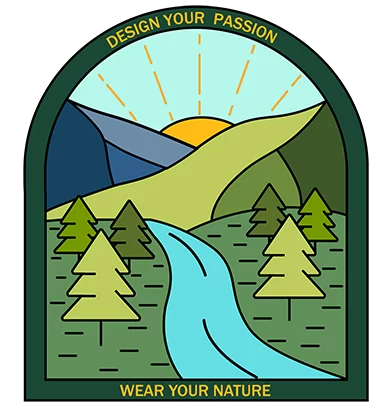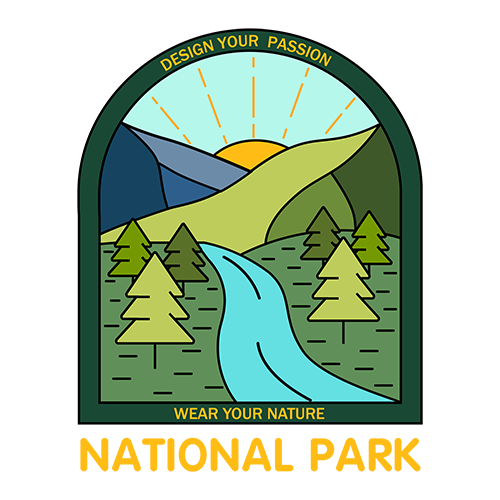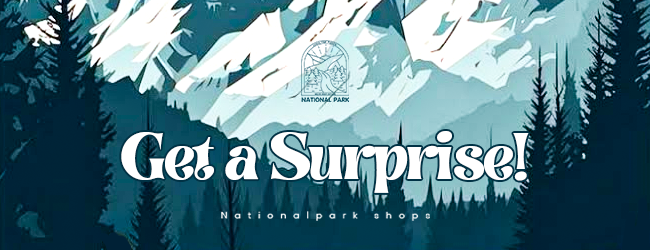Grand Teton National Park
Nestled in the stunning northwest corner of Wyoming, Grand Teton National Park promises an awe-inspiring retreat into nature’s magnificence. Whether you’re an enthusiastic hiker, a dedicated wildlife observer, or simply seeking a serene escape, this park offers a unique experience for every visitor. Let’s dive into the top activities, best accommodations, and essential tips to help you make the most of your adventure in Grand Teton National Park.
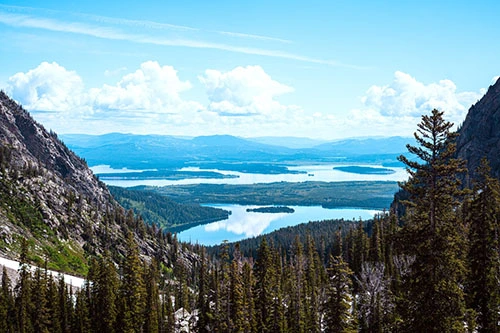
Grand Teton National Park Overview
Grand Teton National Park, just 10 miles from Yellowstone, is a stunning destination in Wyoming. The areas surrounding the Grand Teton mountain range and its lakes were designated a national park in 1929 to prevent commercial exploitation.
In 1950, the protected area was expanded to include the surrounding valley. This exceptional federal park features a diverse ecosystem across 310,000 acres, from summertime wildflower meadows to rushing whitewater streams. The ancient mountains contain some of the oldest rocks in the National Park Service, nearly 2.7 billion years old.
Numerous serene lakes with deep blue pools mirror the glaciers that shaped them. The wild Snake River winds through the park, and the dense forests on the mountainsides provide habitats for a variety of flora and fauna, some dating back to prehistoric times. Visitors can enjoy outdoor activities such as hiking, biking, climbing, fishing, and boating.
While the entrance gates are open year-round, some areas of Grand Teton National Park close in winter, and many facilities and visitor centers are closed on Christmas Day.

Things to do in Grand Teton National Park
Grand Teton National Park is a playground for outdoor enthusiasts.
Hike in Grand Teton
Grand Teton offers an abundance of hiking opportunities, with over 250 miles of trails catering to everyone, from casual walkers to seasoned backcountry adventurers. To find the best trails and get updates on trail conditions, stop by a visitor center and consult with a ranger.
Hiking in Grand Teton can be challenging due to its rugged terrain, high elevations, steep trails, and unpredictable weather. The high elevation might cause breathing difficulties, so it’s crucial to pace yourself and stay hydrated.
Valley trails are typically snow-free by mid-June, but mountain trails and passes may not clear until late July. Exercise caution when crossing snowfields and streams, and avoid steep snow unless you have the proper experience and equipment.
Prepare for sudden weather changes by carrying rain gear and extra layers. Inform someone of your hiking plans and expected return time. Avoid solo hiking, off-trail hiking, and trail running, and refrain from using headphones. For backcountry hikes, use a topographic map, available at park bookstores.

Easy trails you can try:
Taggart Lake
Lake Creek – Woodland Trail Loop
Phelps Lake Overlook
Lunch Tree Hill
Heron Pond – Swan Lake Loop Trail
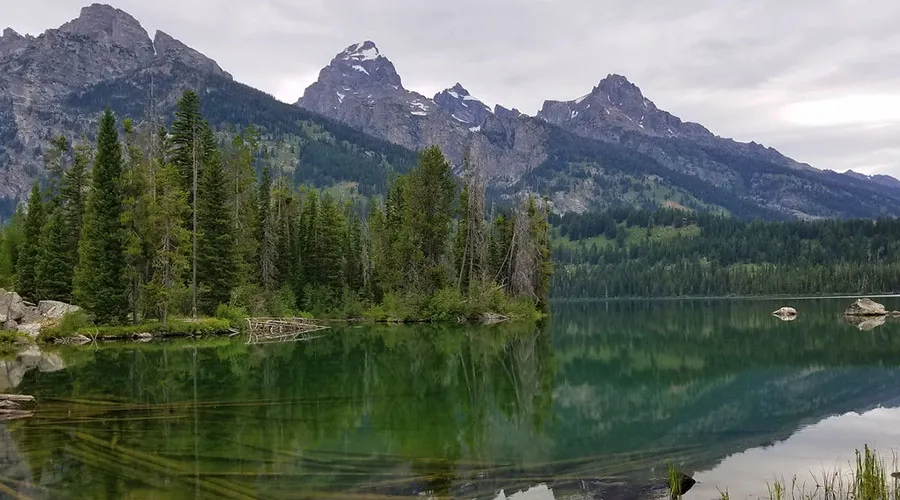
Moderate Hikes you can try:
Taggart Lake – Bradley Lake Loop
Aspen Ridge – Boulder Ridge
Forks of Cascade Canyon
Jenny Lake Loop
Hermitage Point
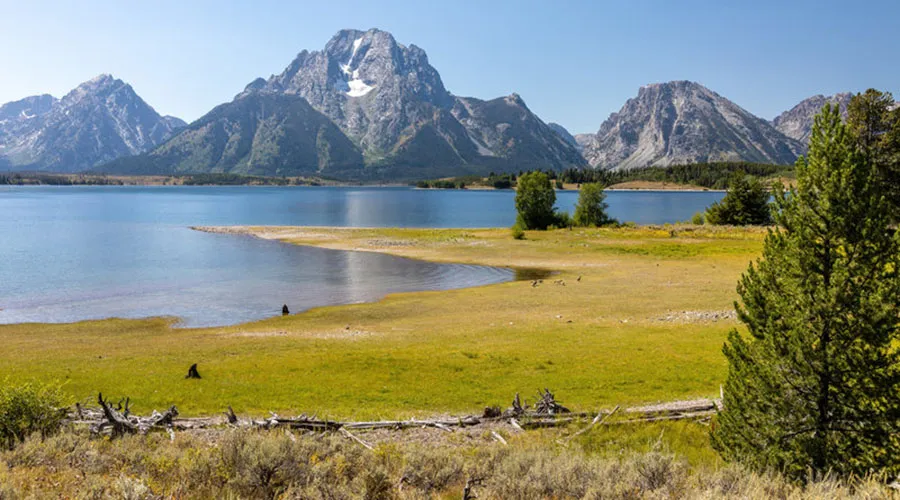
Strenuous Hikes you can try:
Marion Lake
Death Canyon – Static Peak Divide Junction
Surprise and Amphitheater Lakes
Lake Solitude
Paintbrush Canyon – Cascade Canyon Loop

Boating and Floating
Discover the Tetons from a unique vantage point! Whether you’re paddling along the Snake River or gliding across a pristine lake, you’ll be treated to stunning views, world-class fishing, and incredible wildlife sightings.
Boating in Grand Teton National Park is an adventure that requires careful planning, proper permits, and proficient skills. Even seasoned boaters must be aware of the significant risks that come with water activities. Before setting out, familiarize yourself with the park’s boating regulations and safety guidelines to ensure a safe and enjoyable experience.
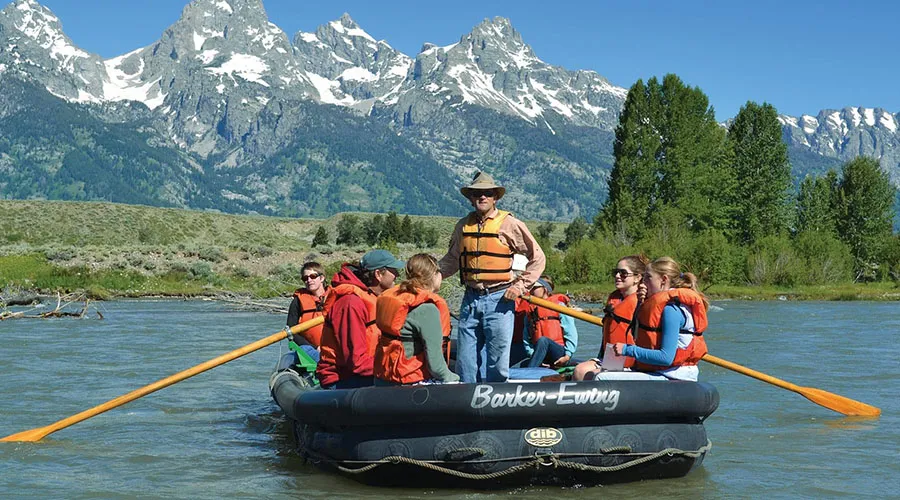
Biking
Few things compare to the thrill of biking along winding roads, soaking in stunning views, and breathing in the crisp mountain air. Biking in Grand Teton National Park offers an exhilarating experience for both experts and beginners.
Biking is permitted on all paved roads in Grand Teton, as well as on the gravel roads of Two Ocean Lake and Grassy Lake. From November 1 to May 1, Teton Park Road is closed to vehicles between the Taggart Lake Trailhead and Signal Mountain. This section is open to biking when snow-free but is not plowed during winter. Typically, it reopens to bikes by April 1.
Many roads in the park have narrow or nonexistent shoulders, so exercise extreme caution. Ride in traffic in single file, and stay alert for vehicles, wildlife, and other cyclists. Refer to the map below for suggested routes, and always adhere to park biking guidelines.
Biking is prohibited on hiking trails in Grand Teton. For mountain biking, head to the Bridger-Teton National Forest. Local bike shops can provide information about area trails.
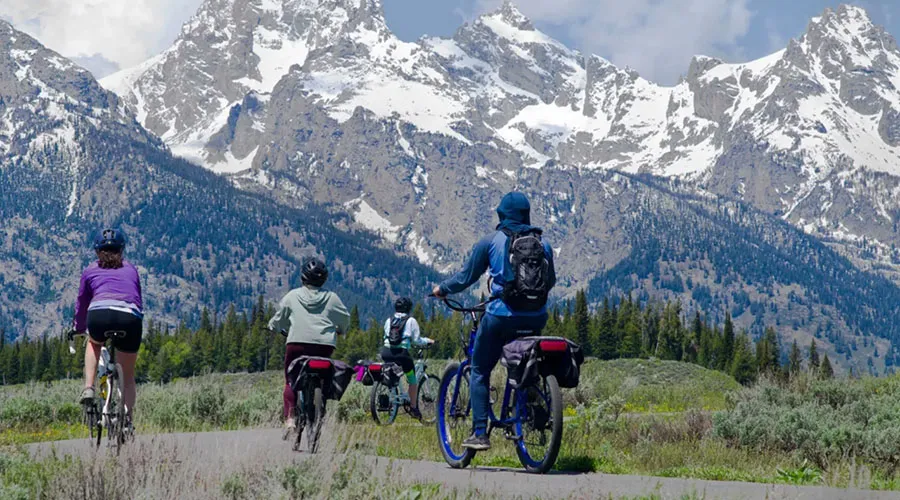
Fishing
Many visitors are drawn to Grand Teton for one of the park’s most popular activities – fishing. A day of fishing here offers mountain views, cool waters, and the hope of a good catch. To make the most of your fishing experience, here’s what you need to know.
Fishing is regulated by Wyoming state laws, and a Wyoming fishing license is required. You can purchase licenses within the park at Flagg Ranch, Colter Bay Marina, Signal Mountain Lodge, or online. They are also available at various locations in the local community. Be sure to familiarize yourself with the specific fishing regulations and guidelines to ensure a safe and enjoyable outing.

Climbing and Mountaineering
Climbing in Grand Teton is a thrilling experience, attracting thousands each year who aim to conquer its iconic peaks. While it offers incredible adventure, it also comes with risks.
A climbing permit isn’t required for mountaineering, but if you plan to camp or bivouac overnight, you’ll need a backcountry camping permit. For climbs involving Garnet Canyon or any technical climbing, permits must be obtained at the Jenny Lake Ranger Station from June to September.
Mountain conditions can differ dramatically from those in the valley. Snow often persists until mid-July, and afternoon storms can strike suddenly, bringing lightning, rain, and hail. Rockfall can also alter routes unpredictably.
To ensure safety, always be prepared for rapidly changing conditions. Check the weather before heading out, pack for varying weather scenarios, inform someone of your plans, and be ready to turn back if conditions deteriorate.
Summer information: 307-739-3343
Winter information: 307-739-3309
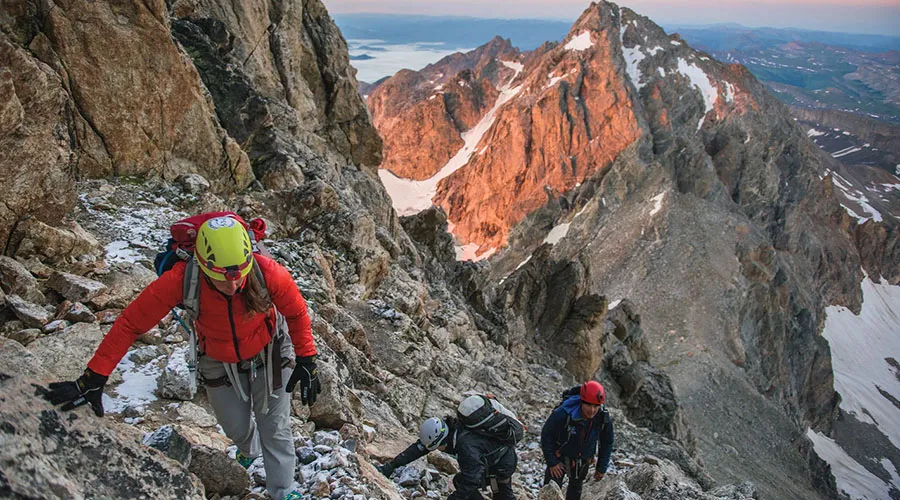
Scenic Drives
Driving through Grand Teton National Park provides breathtaking views of the Teton Range and ample opportunities for wildlife spotting. Along the park roads, you’ll find numerous turnouts featuring exhibits on the park’s geology, wildlife, and plants. These turnouts offer safe spots to take in the scenery, watch wildlife, and capture photographs. Please avoid stopping in the middle of the road to view wildlife for safety reasons.
Scenic Byways at Grand Teton National Park:
Jenny Lake Scenic Drive
Moose-Wilson Road
Signal Mountain Summit Road
Teton Park Road

Wildlife Viewing
Grand Teton National Park is home to a diverse range of wildlife, including grizzly and black bears, bison, moose, elk, and pronghorn, among others.
Each species has specific needs for food, water, and shelter, and understanding these requirements helps us locate and observe wildlife effectively. To gain more insights into wildlife habitats and behavior, consider attending ranger-led programs, reviewing wildlife viewing tips, and downloading the park’s mammal brochure.
Always keep a safe distance when observing wildlife. Whether you’re in a vehicle or on foot, maintain a minimum distance of 100 yards from bears and wolves, and 25 yards from all other wildlife. Remember, these animals are wild and may react aggressively if approached too closely.
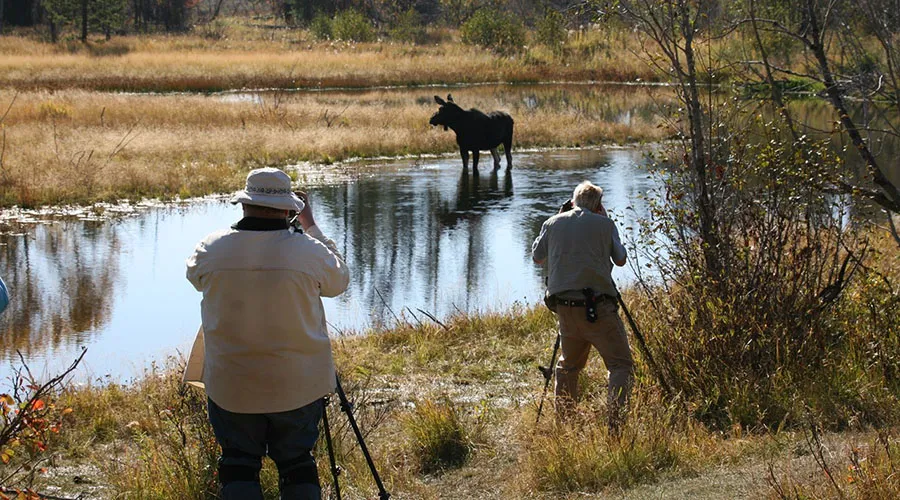
Explore the Backcountry
The key to a successful backcountry trip in Grand Teton National Park lies in selecting the right trail, manageable mileage, suitable camp spots, and proper gear. Given the park’s variables, such as late-season snow, permit availability, and bear safety, planning is essential.
Permits are mandatory for all overnight stays in the backcountry, whether you’re camping by Jackson Lake, Leigh Lake, the Teton Crest Trail, the Technical Climbing/Garnet Canyon area, or the remote Northern Canyons. Use this planner to help navigate the details and ensure a well-prepared adventure.
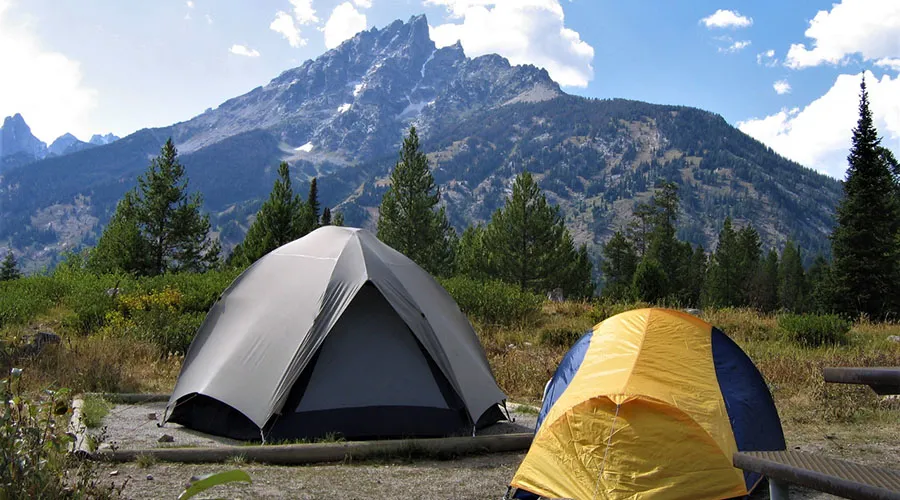
Places to stay in Grand Teton National Park
After a day of adventure, you’ll need a comfortable place to rest. Grand Teton National Park offers a variety of accommodation options to suit different preferences and budgets.
Camping
Camping is an excellent way to fully experience the breathtaking landscapes of Grand Teton National Park. With a variety of options, you can choose between tent camping or parking your recreational vehicle at one of the 1,000 campsites spread across seven park campgrounds.
All campgrounds require reservations, which can be made through Recreation.gov. It’s best to plan ahead and book your campsite up to six months in advance to secure your spot under the stars.
Most campsites come with standard amenities such as modern comfort stations, potable water, metal fire grates, picnic tables, and bear-proof boxes.
The maximum stay is seven days at Jenny Lake and 14 days at all other campgrounds, with a total limit of 30 days in the park per year.
Camping is not allowed along roadsides, at overlooks, or in parking areas. Doubling up at campsites is prohibited, and there are no overflow facilities available.
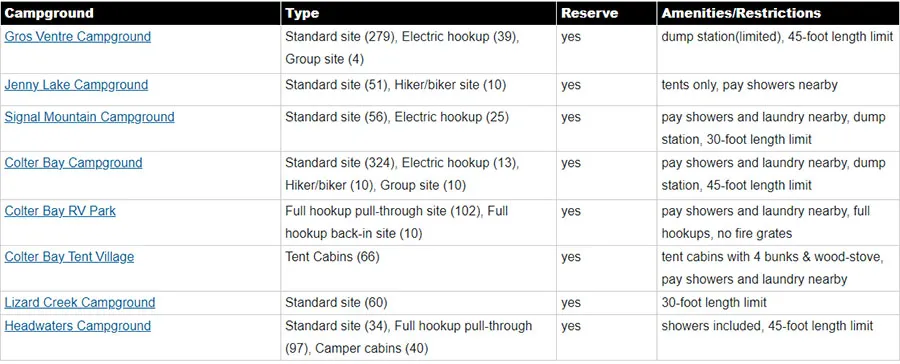
Hotel and Resort
For those who prefer more comfort, there are several lodges and resorts within Grand Teton National Park. Here are 3 Top-rated hotels:
Signal Mountain Lodge (3-Star)
Signal Mountain Lodge provides a full-service resort with 79 rooms and a range of amenities. Guests can enjoy three on-site restaurants, a General Store with a gas station, gift shops, and a bar. The lodge also offers boat rentals, two marinas, two campgrounds, public coin-operated showers and laundry facilities, guided fishing trips, and scenic float trips on the Snake River.
Address: 1 Inner Park Rd, Grand Teton National Park, WY 83013
Price Range: $353 – $394/ night
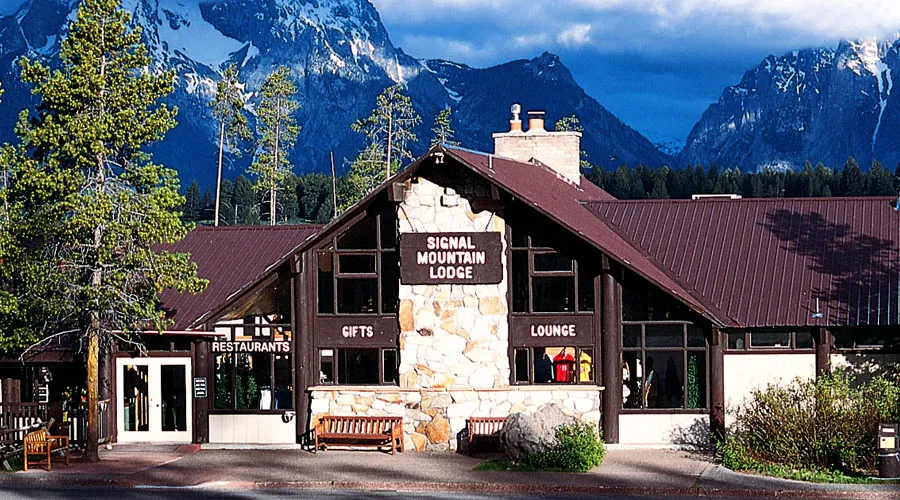
Jackson Lake Lodge (3-Star)
Jackson Lake Lodge, situated on a bluff overlooking Jackson Lake with the Teton Range as a stunning backdrop, provides a full-service resort experience. The lodge offers comfortable lodging, dining options, meeting spaces, and a variety of activities for guests to enjoy.
Address: 101 Jackson Lake Lodge Rd., Grand Teton National Park, WY 83013
Price Range: $498 – $543/ night
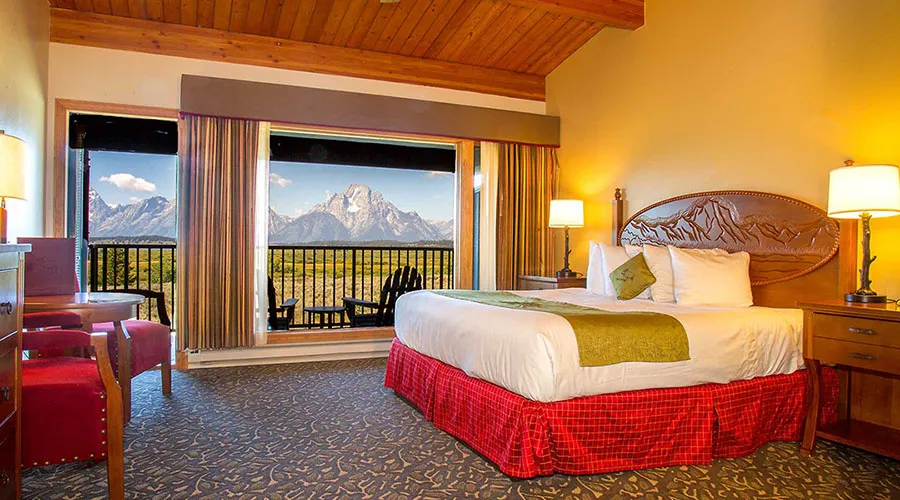
Colter Bay Village (2-Star)
Colter Bay Village is like a summer camp for the whole family, offering a wide range of activities and amenities. Located on the northern shore of Jackson Lake, this resort village features kayaking, canoeing, horseback riding, cozy log cabins, and a general store. It provides an affordable and authentic Grand Teton National Park vacation experience, with everything you need for a memorable getaway.
Address: 100 Colter Bay Village Road, Grand Teton National Park, WY 83013
Price Range: $319 – $393/ night
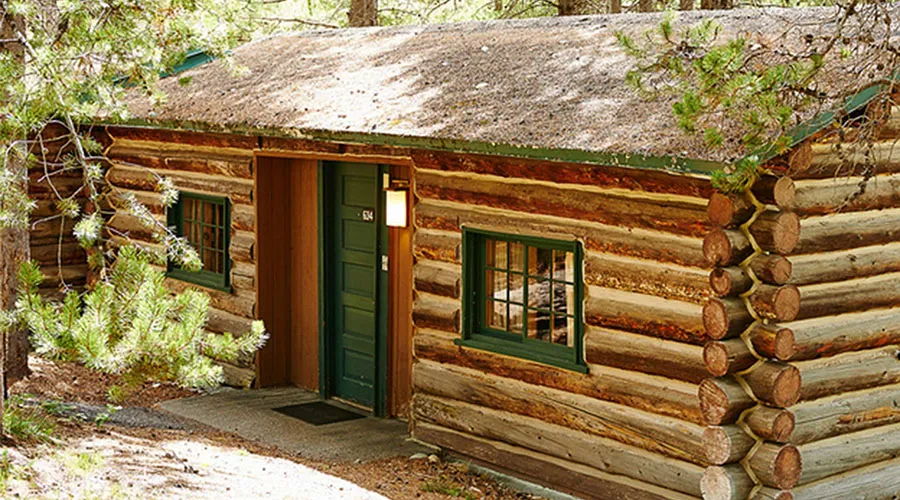
Dining
There are plenty of options to satisfy your hunger in and around Grand Teton National Park.
Pioneer Grill at Jackson Lake Lodge
The Pioneer Grill at Jackson Lake Lodge serves breakfast, lunch, and dinner in a charming 1950s-style setting. Known for its classic long counter, reputed to be one of the longest in continuous operation at 200 feet, the grill offers a welcoming atmosphere where guests can mingle with travelers and staff from around the globe. Don’t miss out on the famous huckleberry milkshakes before you go!
Address: 101 Jackson Lake Lodge Road Jackson Lake Lodge, Grand Teton National Park
Open time: 6:00 AM – 10:00 PM
Prices range: $8 – $20

The Mural Room
The Mural Dining Room at Jackson Lake Lodge is renowned for offering some of the finest panoramic views of the Teton Range in any National Park. Guests also admire the stunning murals by late 20th-century artist Carl Roters, which are considered the heart of the Lodge. Regardless of what draws you in, you’re guaranteed a memorable dining experience. Reservations for dinner are highly recommended.
Address: 101 Jackson Lake Lodge Road Grand Teton Lodge Company & Jackson Lake Lodge, Grand Teton National Park
Open time:
7:00 AM – 9:30 AM
11:30 AM – 1:30 PM
5:30 PM – 9:00 PM
Prices range: $20 – $50
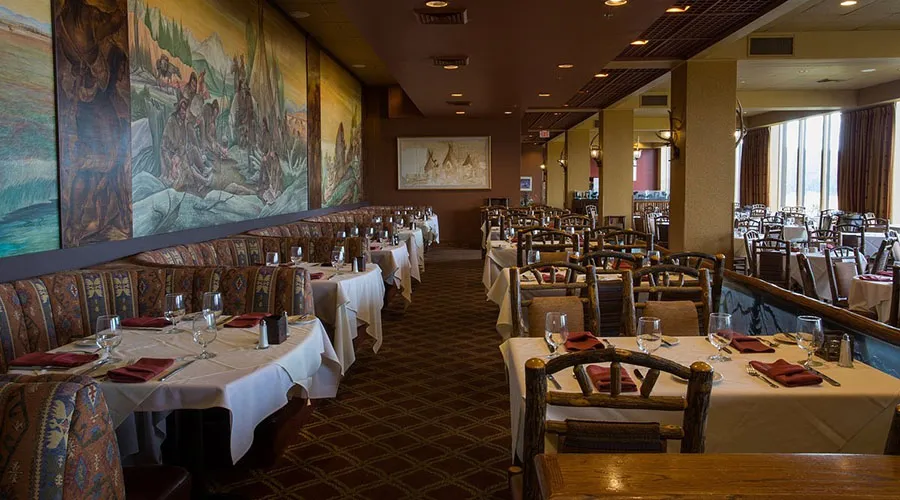
Trapper Grill
Trapper Grill is a cozy haven with warm, wood-toned decor, offering a delightful array of hearty, family-friendly comfort food. Start your day with a satisfying breakfast, or enjoy a casual lunch or dinner featuring robust flavors and generous portions.
Address: Signal Mountain Lodge, Grand Teton National Park
Open time: 7:00 AM – 9:00 PM
Planning Your Trip to Grand Teton National Park
A successful trip to Grand Teton National Park requires some planning.
Visiting Time
The ideal time to visit Grand Teton National Park varies depending on the activities you have in mind:
Summer (June to August): This is the best season for hiking, boating, and other outdoor adventures. The weather is warm, and the park’s trails and waterways are fully accessible.
Fall (September to October): Enjoy cooler temperatures and the park’s stunning foliage. This is a great time for photography and scenic drives as the landscape transforms with autumn colors.
Winter (December to February): Perfect for skiing and snowshoeing, winter offers a serene, snow-covered landscape and fewer crowds. The park is a winter wonderland for those who enjoy snow sports.
Spring (March to May): Ideal for wildlife viewing, as animals emerge from hibernation and the landscape begins to bloom. Spring provides a chance to see the park’s wildlife in their natural habitats and enjoy the fresh, crisp air.
Summer in Grand Teton National Park
Fall in Grand Teton National Park
Winter in Grand Teton National Park
Spring in Grand Teton National Park
Transportation
There are numerous transportation options for reaching and exploring the Grand Teton area.
To get to Grand Teton National Park from the south, take I-15 North and then connect to Highway 89. Alternatively, from I-15, you can take Highway 26 East to Highway 31/22 for a scenic drive to the park. If you’re coming from Wyoming on I-80, head north on Highway 191 to Highway 89 to reach the park.
From the west, start on I-15 and then transition to Highway 89. If you’re coming from the east, take I-80, followed by Highway 287 North to Highway 26 to arrive at the park. From the north, travel on Highway 89 South through Yellowstone National Park to reach Grand Teton, which is located just south of Yellowstone.
The nearest airports to Grand Teton National Park are Jackson Hole Airport (JAC), Idaho Falls Regional Airport (IDA), and Salt Lake City International Airport (SLC). Salt Lake City International is a major hub with flights from numerous large cities across the U.S. and internationally.
The START Bus Town Shuttle offers free bus service throughout Jackson, operating roughly every 30 minutes from early morning to late evening. For a fee, you can also use the shuttle to travel to Teton Village, Teton Valley, Star Valley and it accommodates bikes and skis.
Conclusion
Grand Teton National Park beckons with a diverse array of adventures and experiences for everyone, from thrill-seekers to nature enthusiasts. Picture yourself hiking through vibrant meadows, gliding across pristine lakes in a kayak, or marveling at the awe-inspiring mountain vistas. Each moment in the park is designed to captivate and inspire. So, gather your gear, lace up those hiking boots, and embark on a journey to uncover the breathtaking beauty and excitement that Grand Teton National Park has to offer.
Grand Teton National Park Photos
Q&A for Grand Teton National Park
The entrance fee is $35 per vehicle for a 7-day pass. Annual passes and America the Beautiful passes are also available.
Pets are allowed in certain areas but must be kept on a leash at all times. They are not permitted on hiking trails or in the backcountry.
Essentials include sturdy hiking boots, weather-appropriate clothing, sunscreen, insect repellent, a reusable water bottle, and a camera. For camping, bring all necessary gear, including a tent, sleeping bag, and cooking supplies.
Yes, the park is open year-round. Winter offers opportunities for skiing, snowshoeing, and wildlife viewing. Be prepared for cold weather and potential road closures.
Yes, there are various guided tours available, including wildlife tours, scenic tours, and adventure tours like climbing and kayaking.
